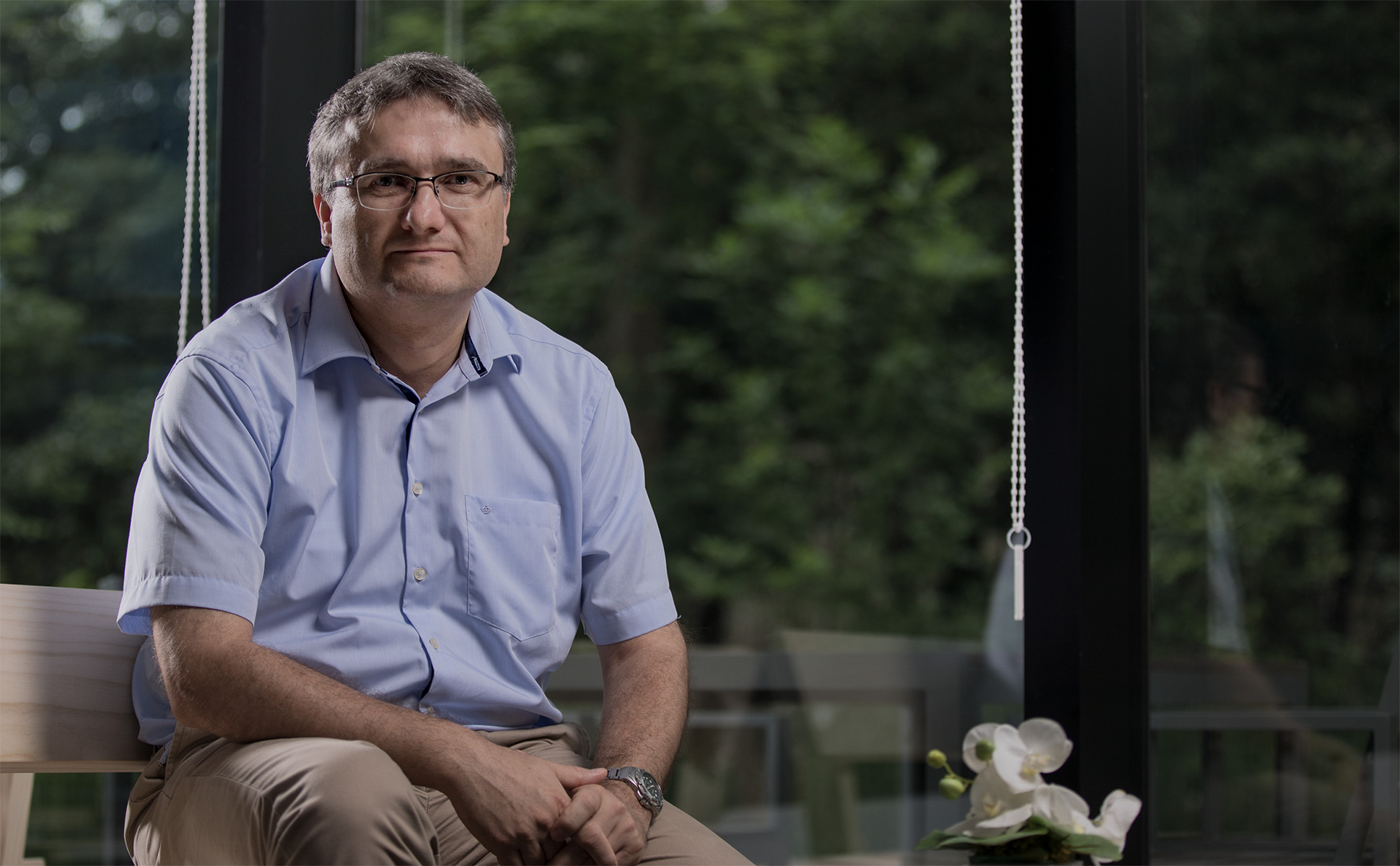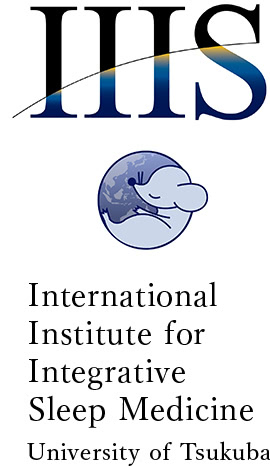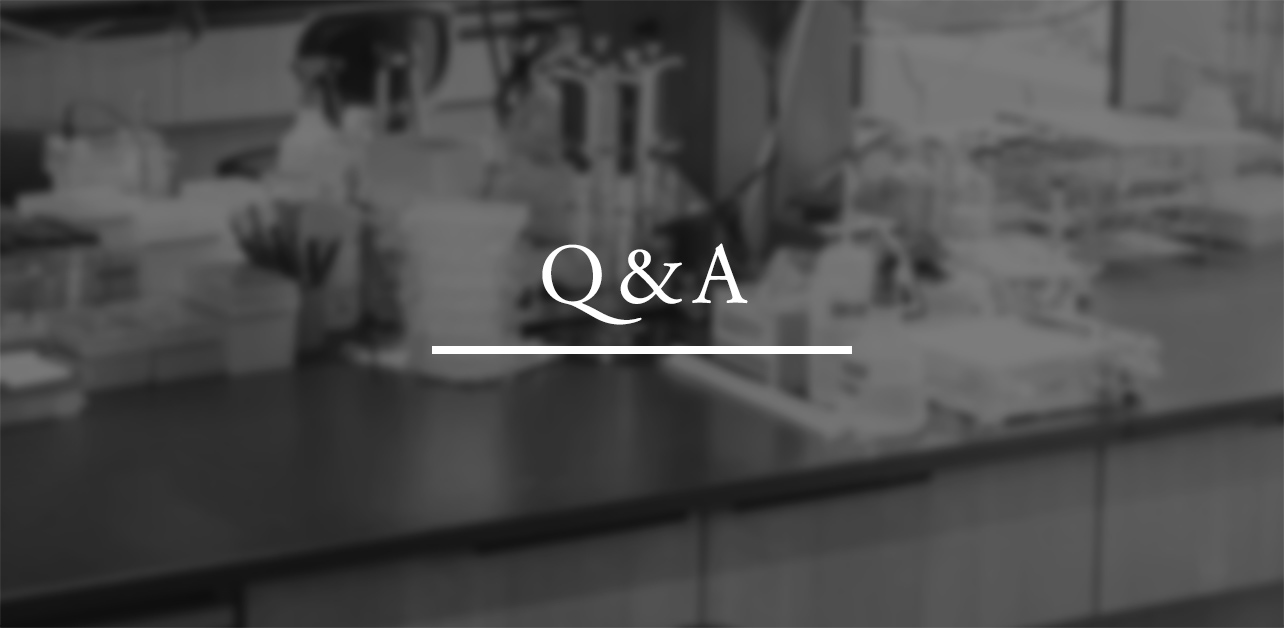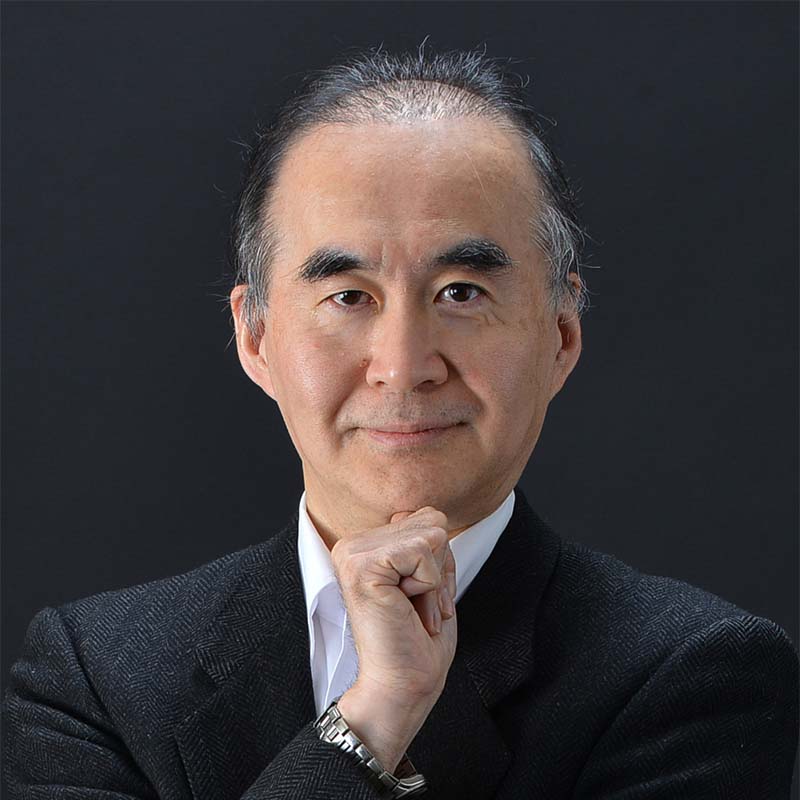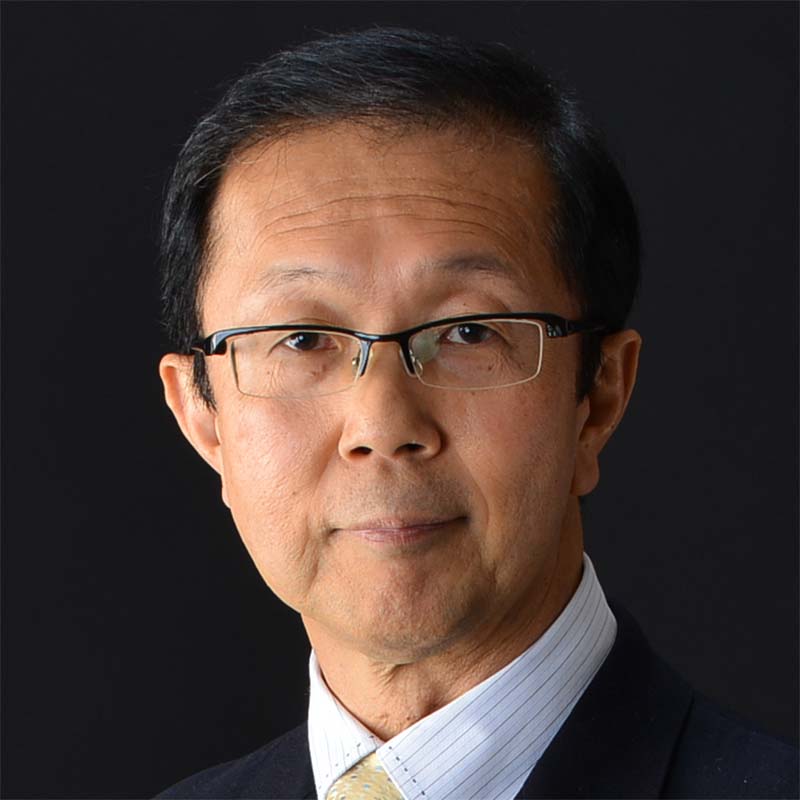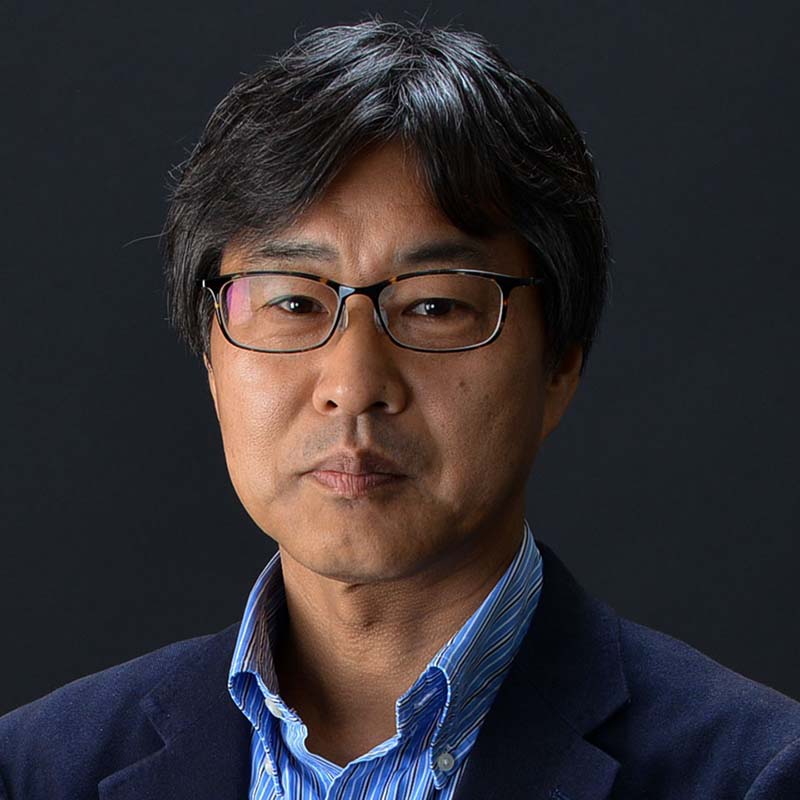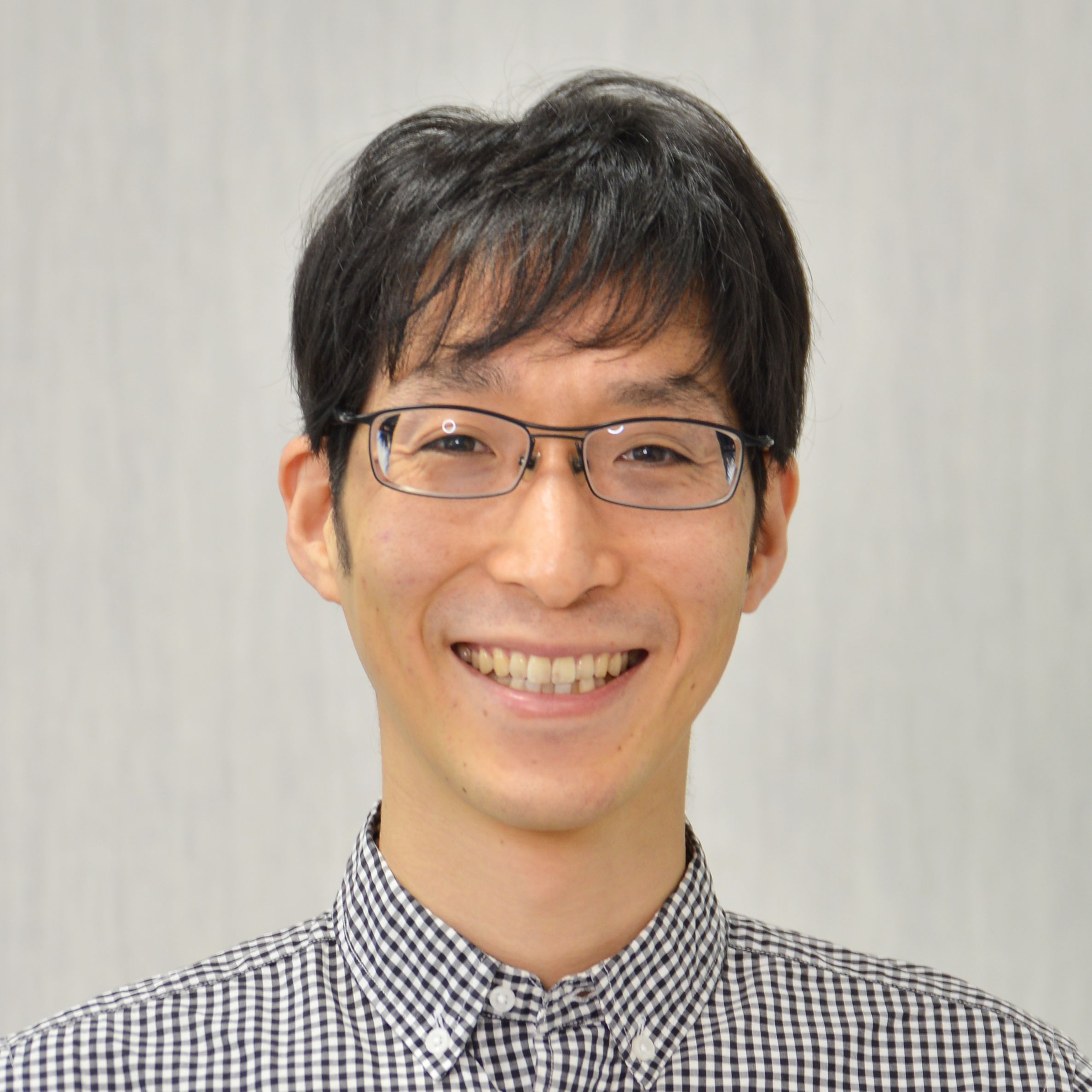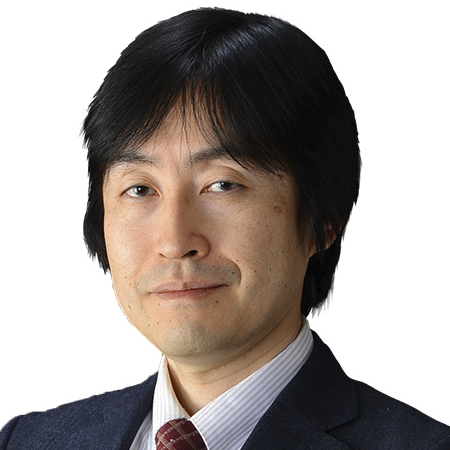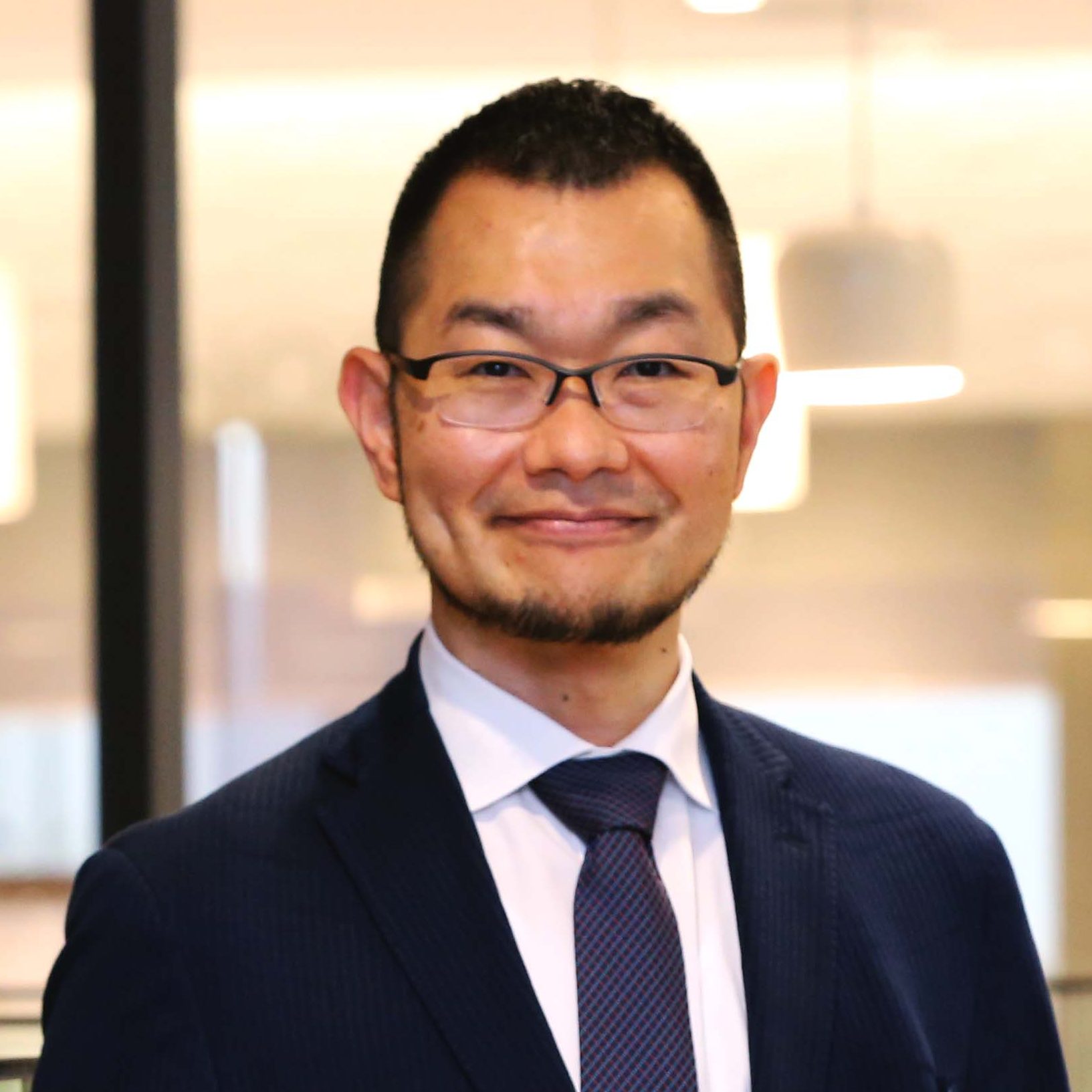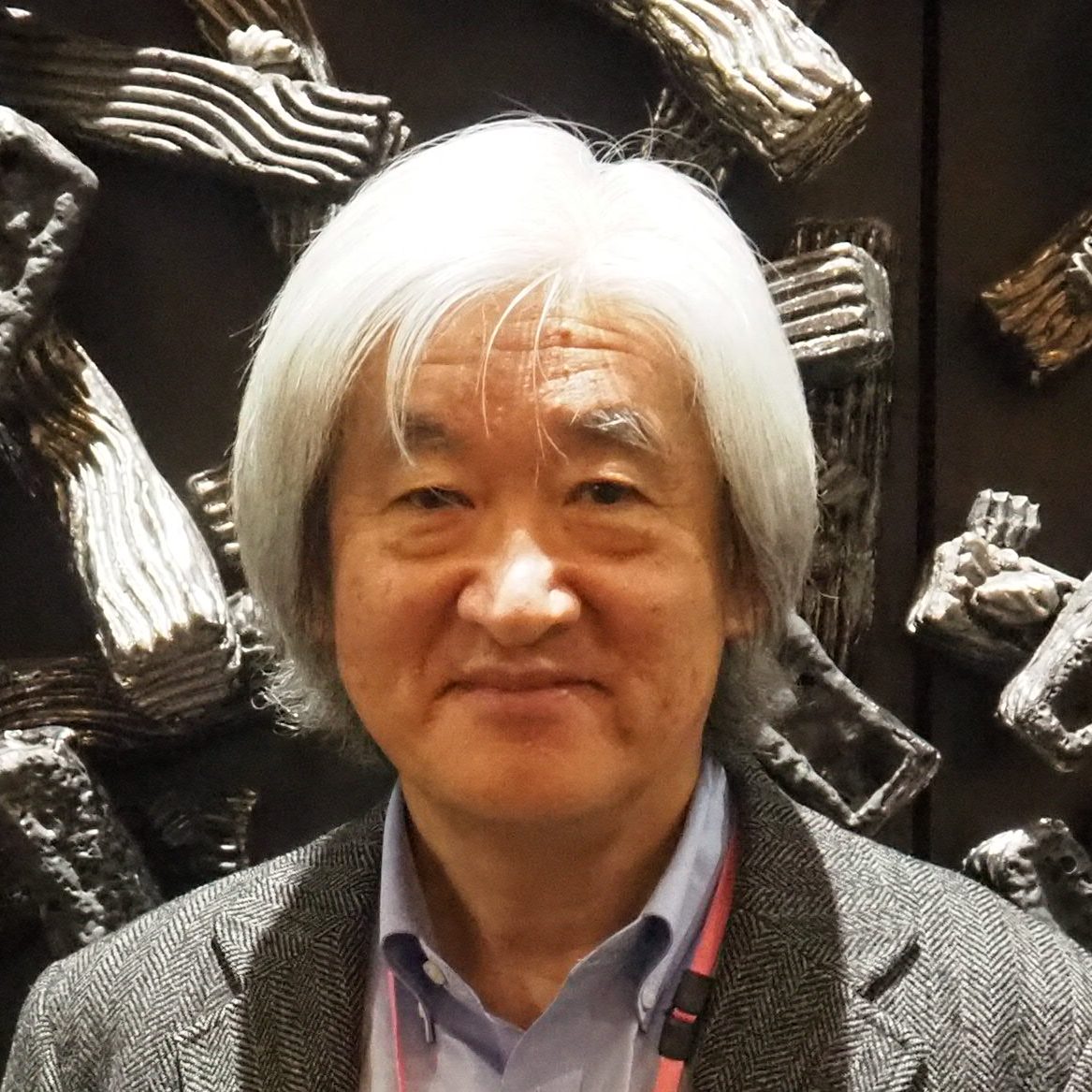01 Research Summary
The investigative focus of our laboratory is the cellular and synaptic basis by which the brain regulates sleep and wakeful consciousness. Our experiments seek to link the activity of defined sets of neurons with neurobehavioral and electroencephalographic outcomes in behaving animals by using innovative genetically or chemically engineered systems (optogenetics, chemogenetics or optopharmacology) in conjunction with recording of the electrical activity produced by the brain or in-vivo imaging (fiber-optic endomicroscopy). For example, we investigate the control of sleep and wakefulness by the mesolimbic pathway comprising the ventral tegmental area and nucleus accumbens. As the mesolimbic pathway is implicated in motivational and cognitive behaviors, changes in vigilant states are likely associated with the motivational and cognitive responses in animals. Moreover, we are interested in the link between sleep loss and the desire to consume unhealthy foods, i.e. junk foods. We recently found that the loss of REM sleep leads to increased consumption of sucrose and fat and that inhibiting neurons in the medial prefrontal cortex reverses the effect of REM sleep loss on sucrose consumption.
| Link |
|---|
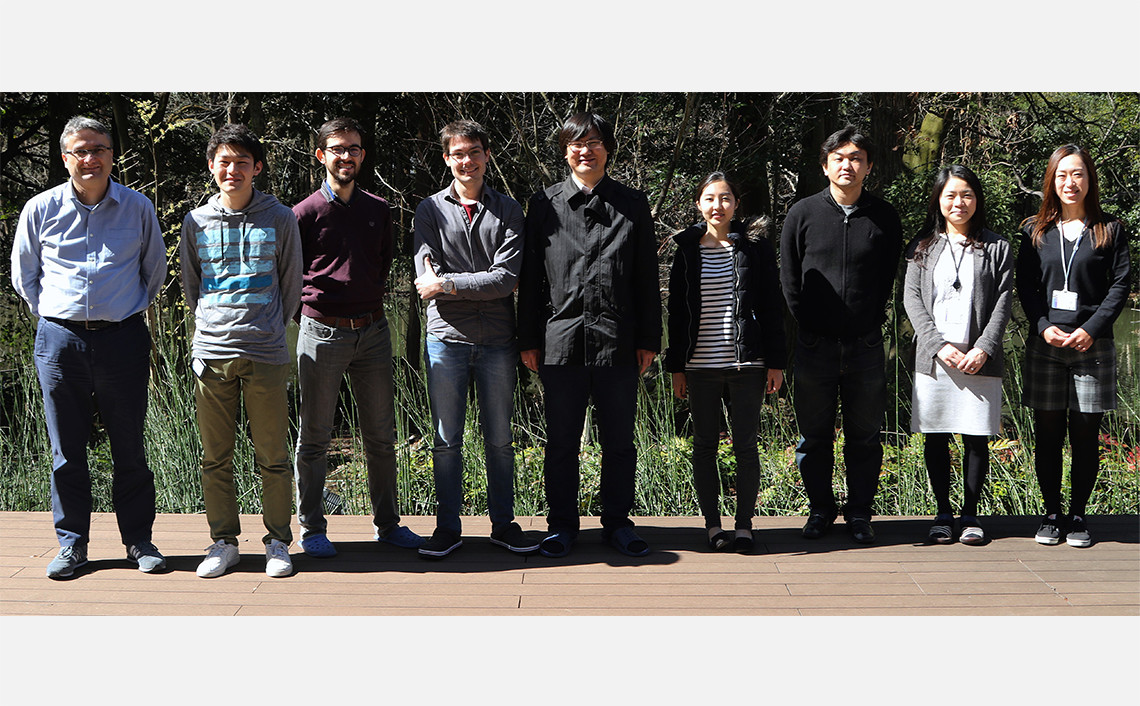
Lazarus Laboratory
02 Major achievements
Oishi Y, Xu Q, Wang L, Zhang BJ, Takahashi K, Takata Y, Luo YJ, Cherasse Y, Schiffmann SN, de Kerchove d’Exaerde A, Urade Y, Qu WM, Huang ZL, Lazarus M. Slow-wave sleep is controlled by a subset of nucleus accumbens core neurons in mice. Nature Communications, in press.
McEown K, Takata Y, Cherasse Y, Nagata N, Aritake K, Lazarus M. Chemogenetic inhibition of the medial prefrontal cortex reverses the effects of REM sleep loss on sucrose consumption. eLife, 5:e20269, 2016. Featured in ScienceDaily, Yahoo! Japan News (279 comments), Asahi Newspaper and NHK News.
Lazarus M, Shen HY, Cherasse Y, Qu WM, Huang ZL, Bass C, Winsky-Sommerer R, Semba K, Fredholm B, Boison D, Hayaishi O, Urade Y, Chen JF. Arousal Effect of Caffeine Depends on Adenosine A2A Receptors in the Shell of the Nucleus Accumbens. Journal of Neuroscience, 31:10067-10075, 2011.
03 Education/Academic background and major awards
Education/Academic background
| 1994 | Certified Food Scientist, University of Würzburg, Germany |
|---|---|
| 1998 | Dr. rer. nat. (Summa cum laude), University of Würzburg, Germany |
| 1999 | Takeda Science Foundation Fellow, Department of Molecular Behavioral Biology, Osaka Bioscience Institute, Japan |
| 2000 | Alexander von Humboldt Fellowship commissioned by the Japan Science and Technology Agency under the STA fellowship program, Department of Molecular Behavioral Biology, Osaka Bioscience Institute, Japan |
| 2002 | NIH Research Fellow, Department of Neurology, Beth Israel Deaconess Medical Center and Harvard Medical School, USA |
| 2005 | Instructor in Neurology, Beth Israel Deaconess Medical Center and Harvard Medical School, USA |
| 2007 | Senior Scientist, Osaka Bioscience Institute, Osaka, Japan |
| 2013 | Associate Professor and Principal Investigator, International Institute for Integrative Sleep Medicine, Tsukuba University, Japan |
| 2022 | Professor and Principal Investigator, International Institute for Integrative Sleep Medicine, Tsukuba University, Japan |
Awards
| 2009 | Takeda Science Foundation Research Award |
|---|---|
| 2010 | Osaka Bioscience Institute Advisory Board Award Sankyo Foundation Travel Award Naito Foundation Research Award |
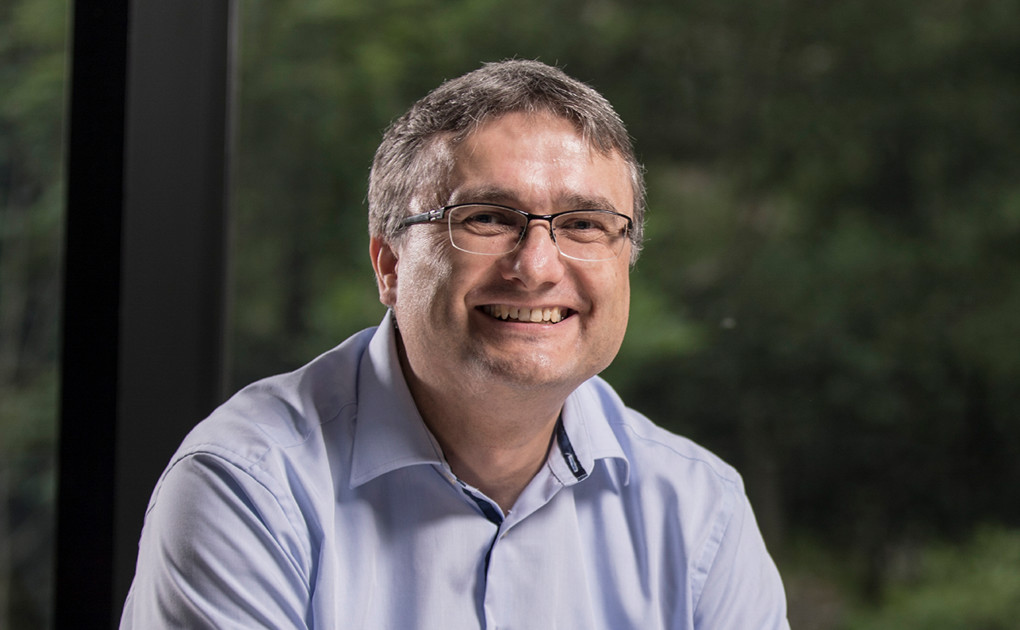
Why did you become a scientist?
I am a logical person
As I am a quite logically thinking person, I was attracted to mathematics, science and technology from an early age. All I ever wanted to become was an engineer or a scientist. At the age of 10, I entered a type of German school called ‘Gymnasium’ derived from the Greek word "gymnasion", which was originally applied to an exercising and teaching ground in ancient Athens. A ‘Gymnasium’ is a secondary school that prepares the student from the beginning for higher education at a university. My school named after the Chemistry Nobel laureate Hermann Staudinger is celebrating the legacy of a great scientist by preparing students to enter a university for advanced academic studies in science and technology.
What are the characteristics of your lab?
We are an international lab
My lab is very international with researchers and students hailing from countries in Europe and Asia. An international lab with people from different backgrounds and cultures can help to encourage critical thinking and promote competitiveness in a global environment. I believe that diversity provides a greater variety of perspectives and ideas, which can lead to more creative solutions. Moreover, English speaking and reading abilities are essential for researchers in neurobiology and a “ticket to a well-paying job”. Galileo Galilei once said, "You cannot teach a man anything; you can only help him find it within himself." In this respect, I would consider my role to be a students’ mentor, who fosters fascination for science, problem solving skills and enthusiasm for innovation.
What are you most interested in lately
Cooking and plants
Life in IIIS is pretty busy; I usually work for 11-12 hours on weekdays and most Saturdays too, while I spent Sundays with my family. I often cook or bake German food on Sundays — I believe that cooking food or conducting a scientific experiment requires a similar set of skills and thinking. I am also interested in plants and try to grow and propagate them on the balcony of my home (or in my office). I have always been interested in Bonsai, the Japanese art form growing trees in containers, and finally, decided to learn how to grow Bonsai trees.
Core Group
-
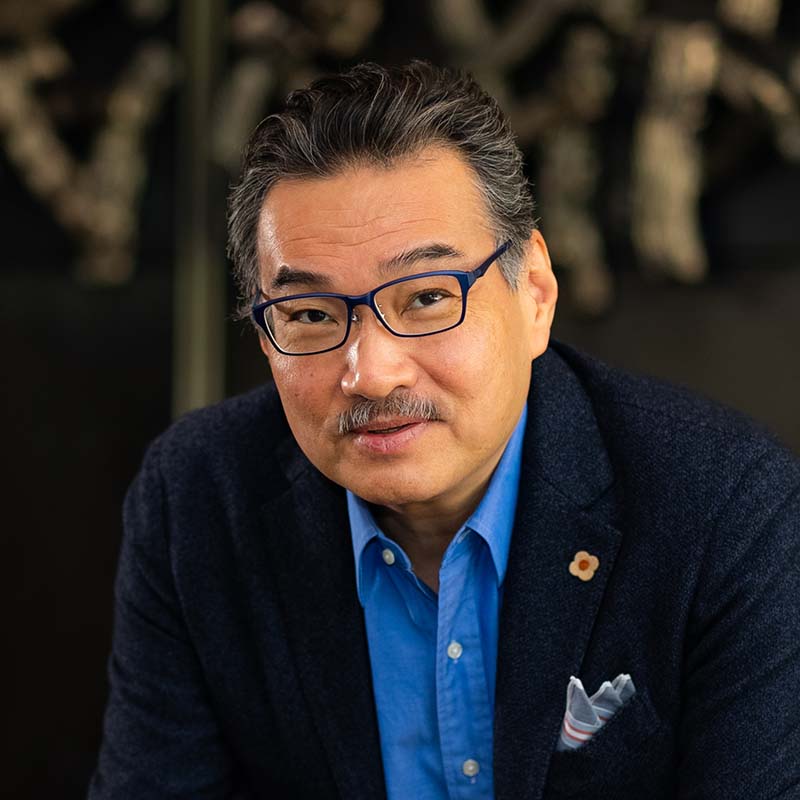
Neuroscience
Masashi Yanagisawa
-
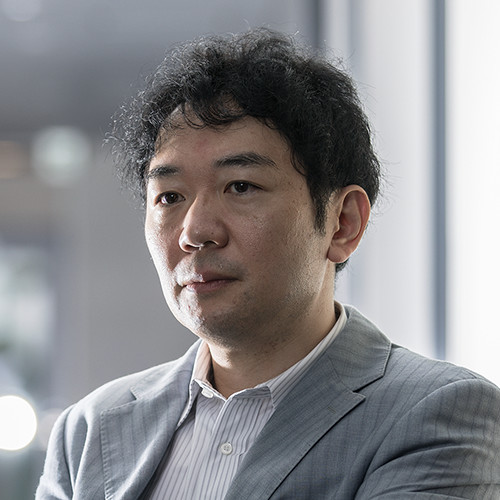
Neuroscience
Takeshi Sakurai
-
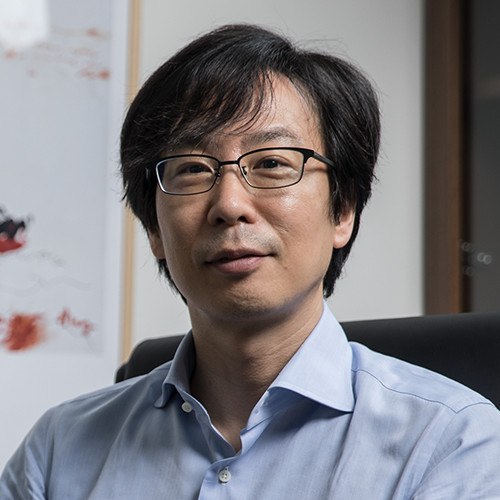
Neuroscience
Hiromasa Funato
-
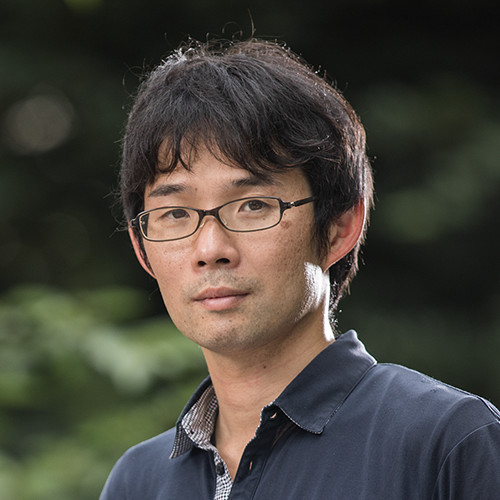
Neuroscience
Yu Hayashi
-
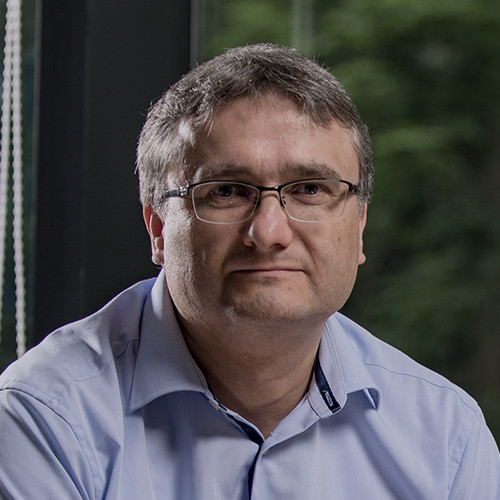
Neuroscience
Michael Lazarus
-
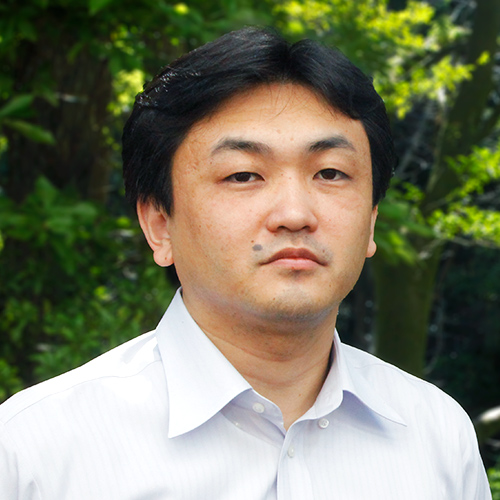
Neuroscience
Yo Oishi
-
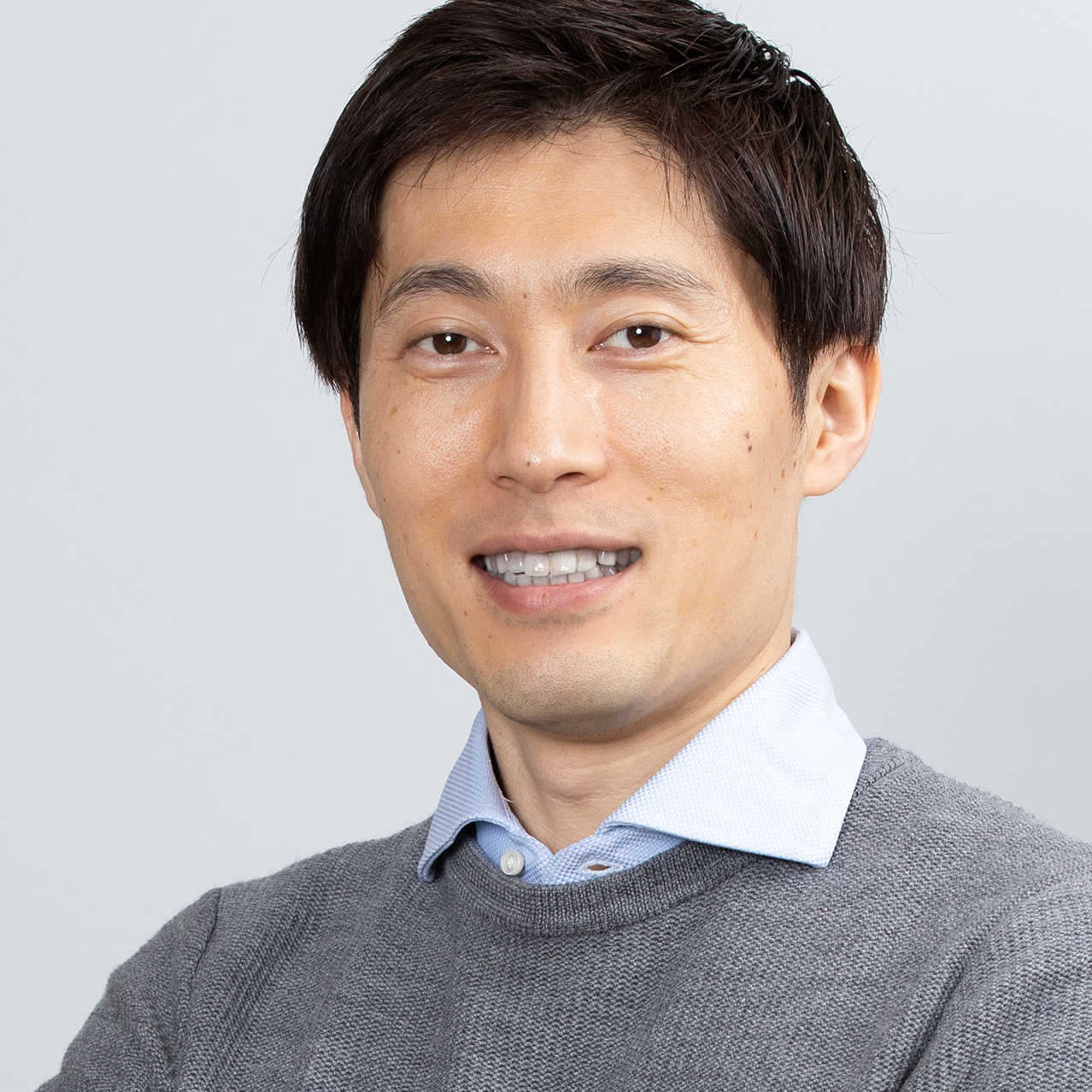
Neuroscience
Masanori Sakaguchi
-
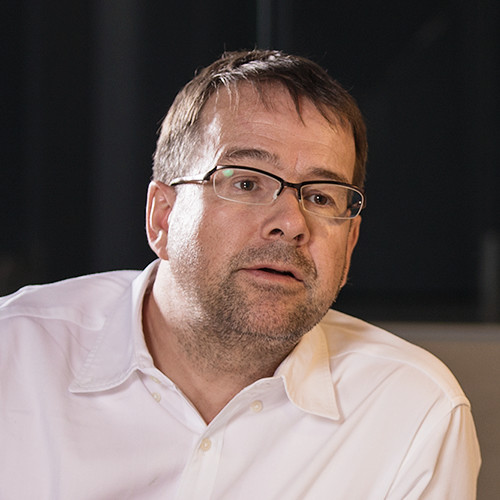
Neuroscience
Kaspar Vogt
-
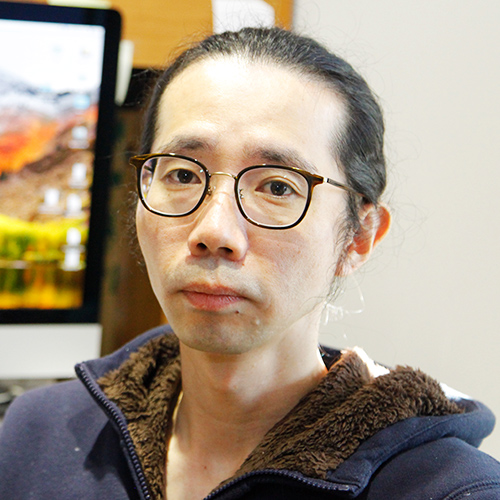
Neuroscience
Katsuyasu Sakurai
-
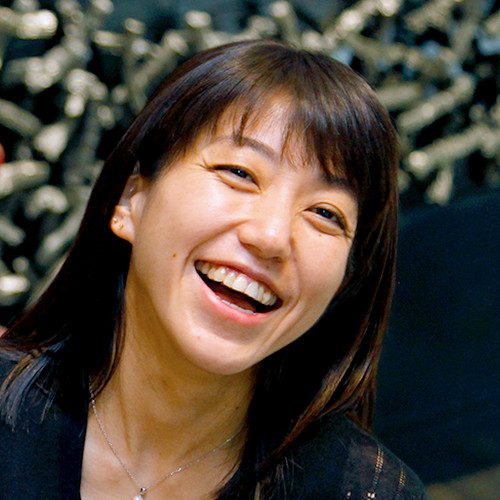
Neuroscience
Sakiko Honjoh
-
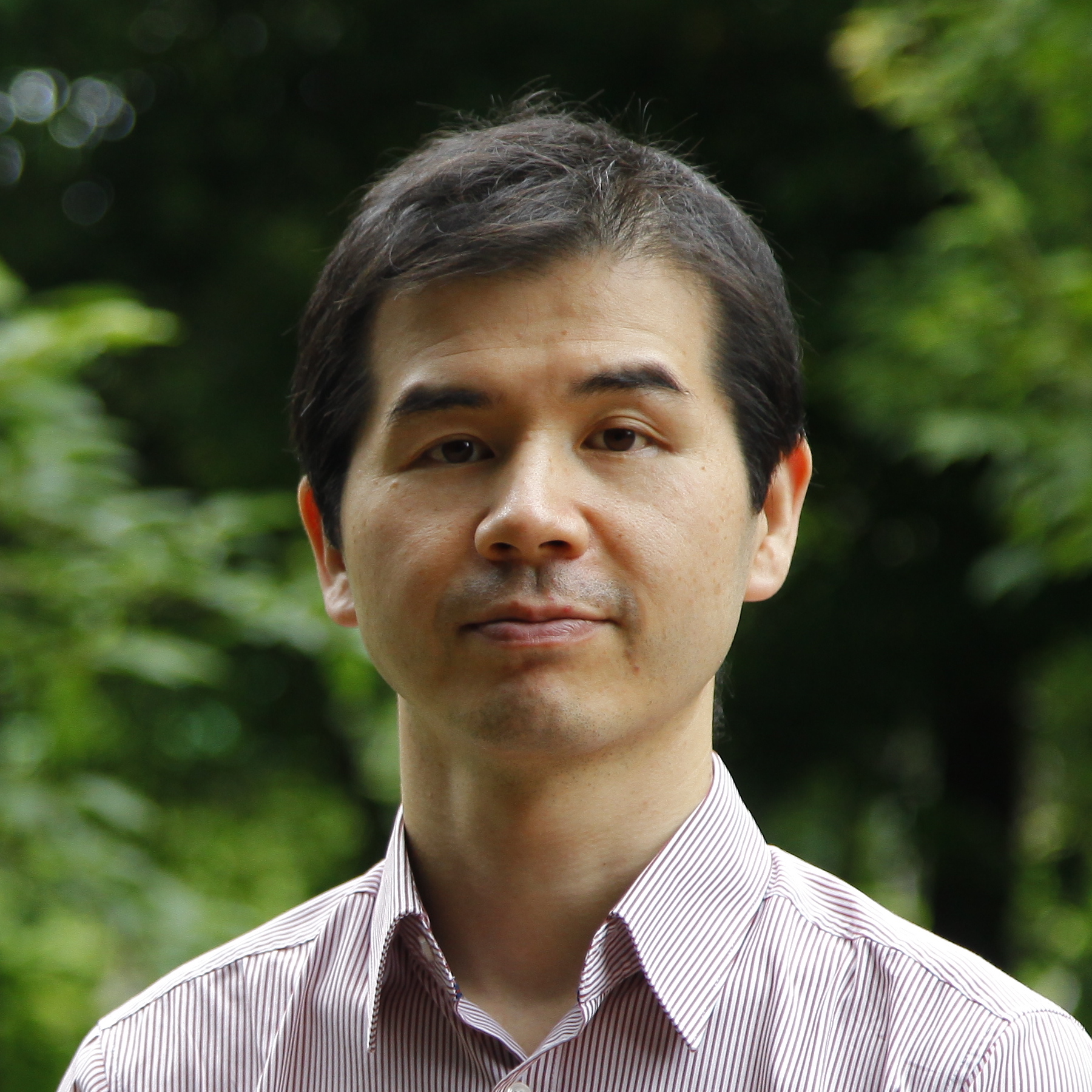
Neuroscience
Hirofumi Toda
-
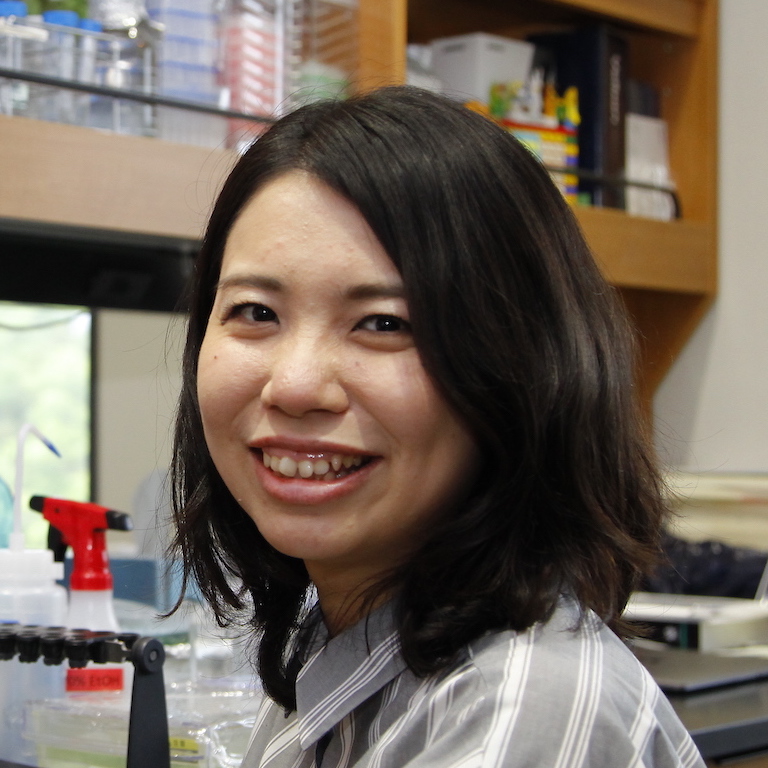
Neuroscience
Arisa Hirano
-
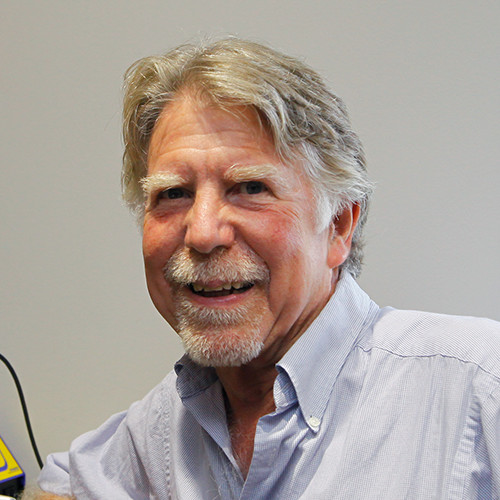
Neuroscience
Robert Greene
-
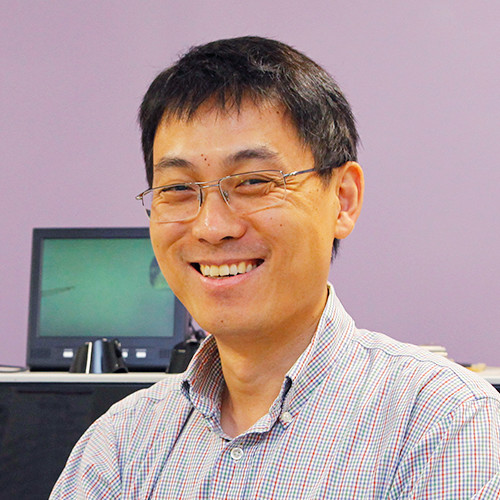
Neuroscience
Qinghua Liu
-
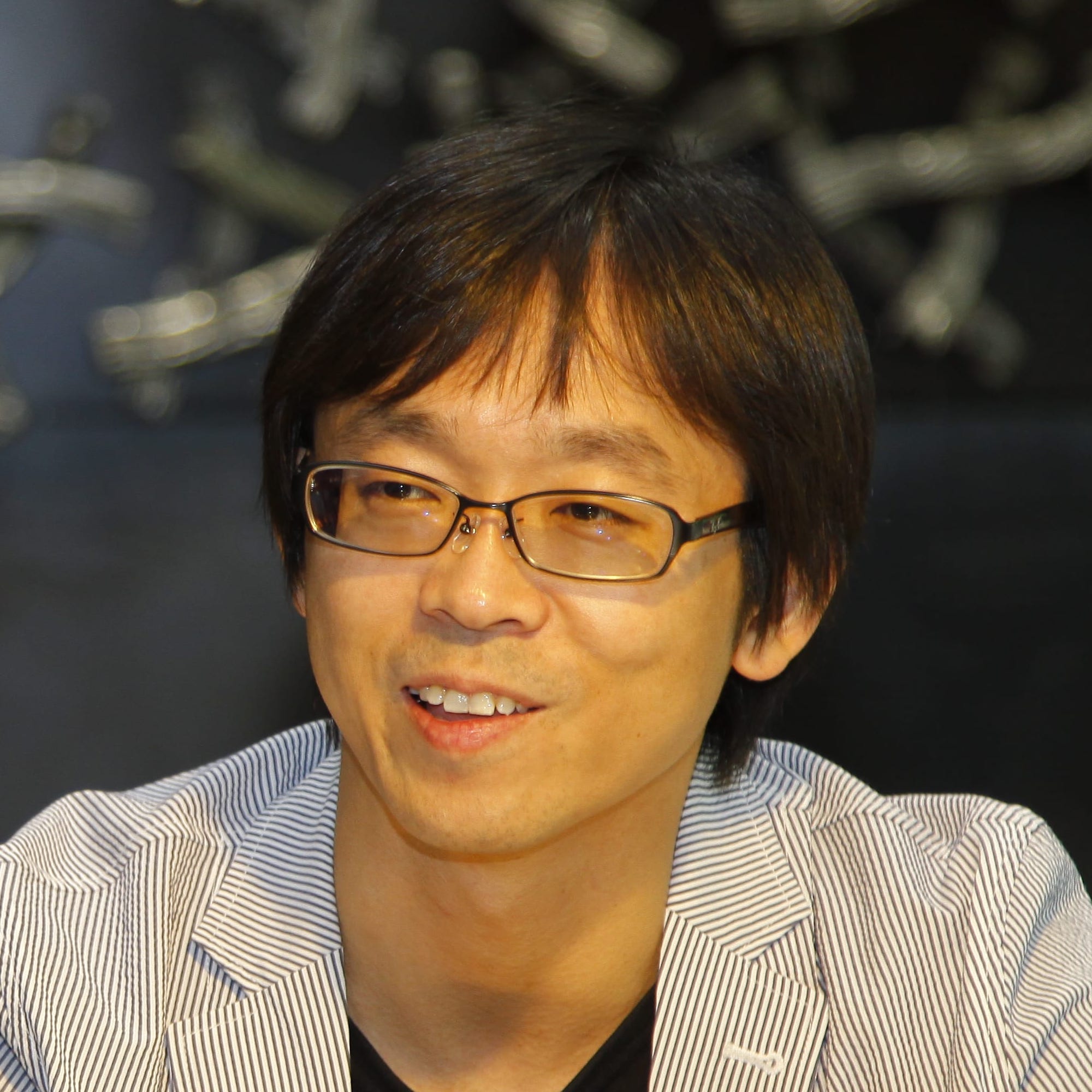
Drug discovery
Noriki Kutsumura
-
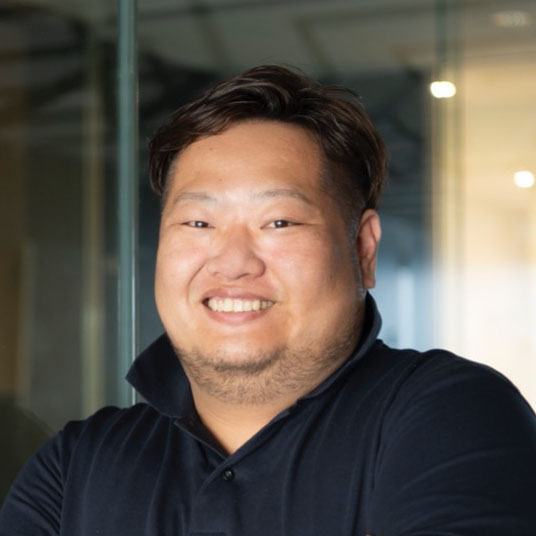
Drug discovery
Tsuyoshi Saitoh
-
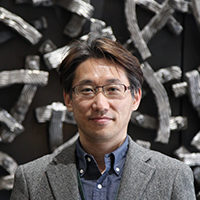
Human sleep
Tomohiro Okura
-
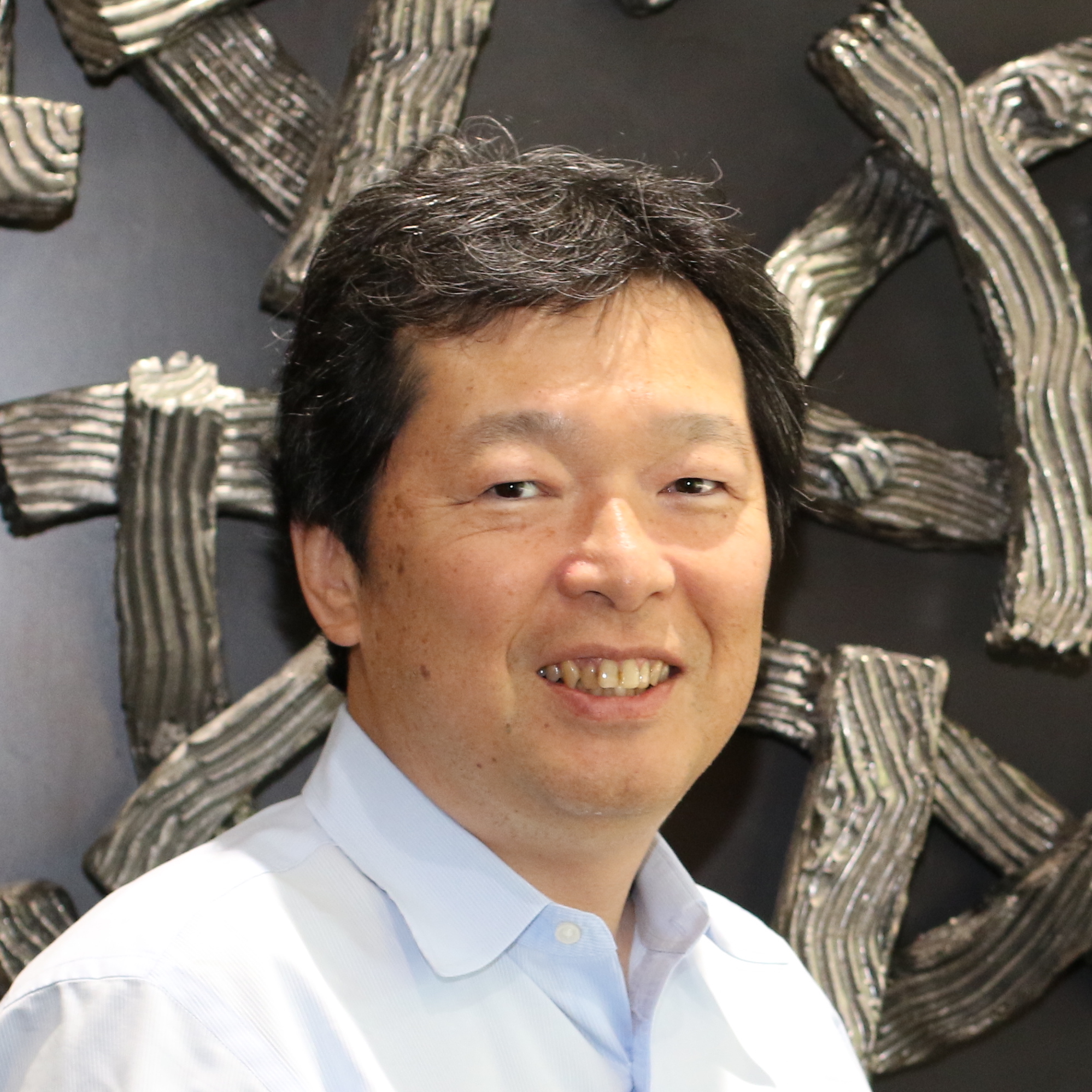
Human sleep
Takashi Kanbayashi
-
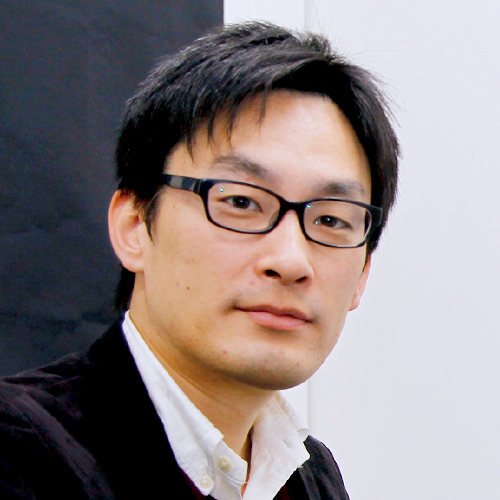
Human sleep
Takashi Abe
-
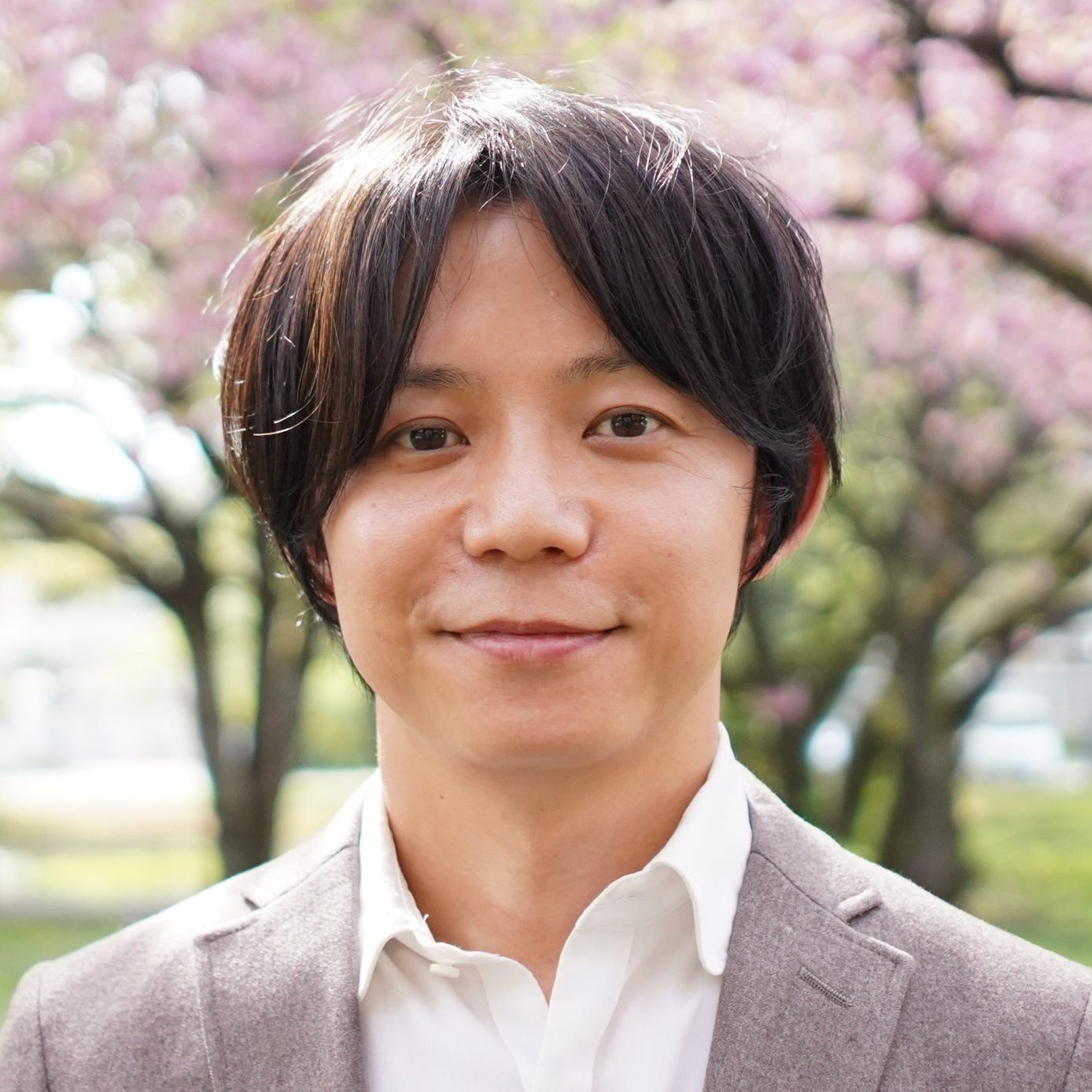
behavioral science
Shun Nakajima
-

Data Science
Hiroyuki Kitagawa
-

Data Science
Shoi Shi
-
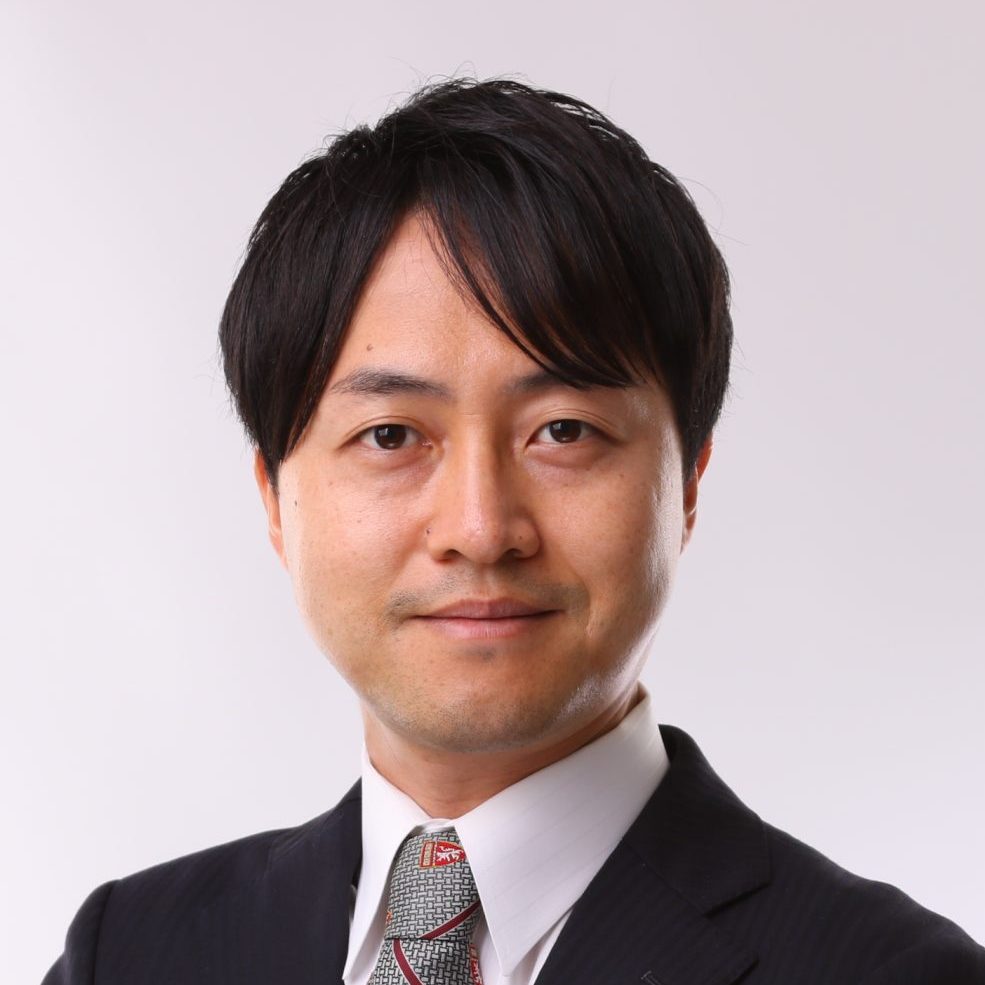
Data Science
Masao Iwagami
